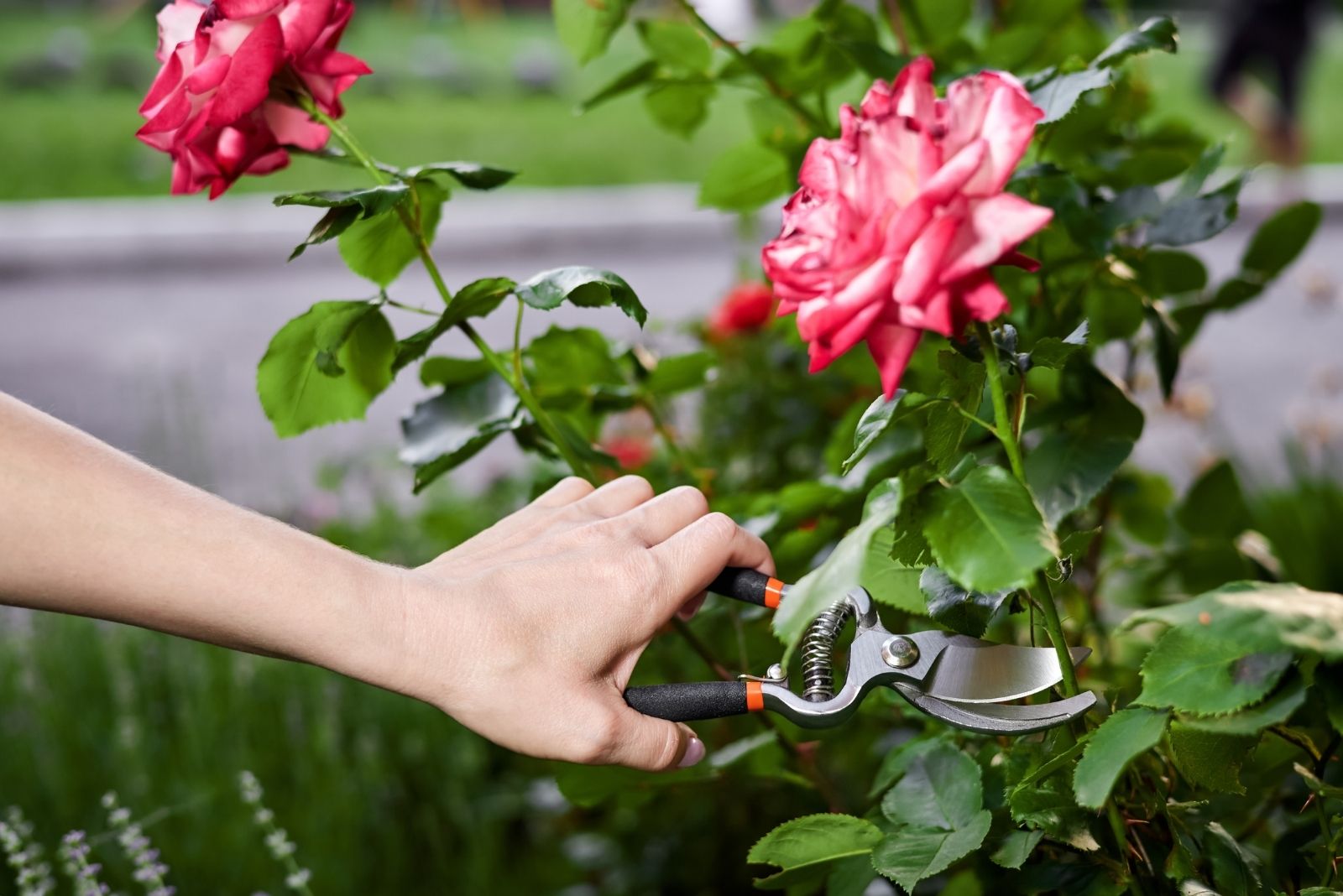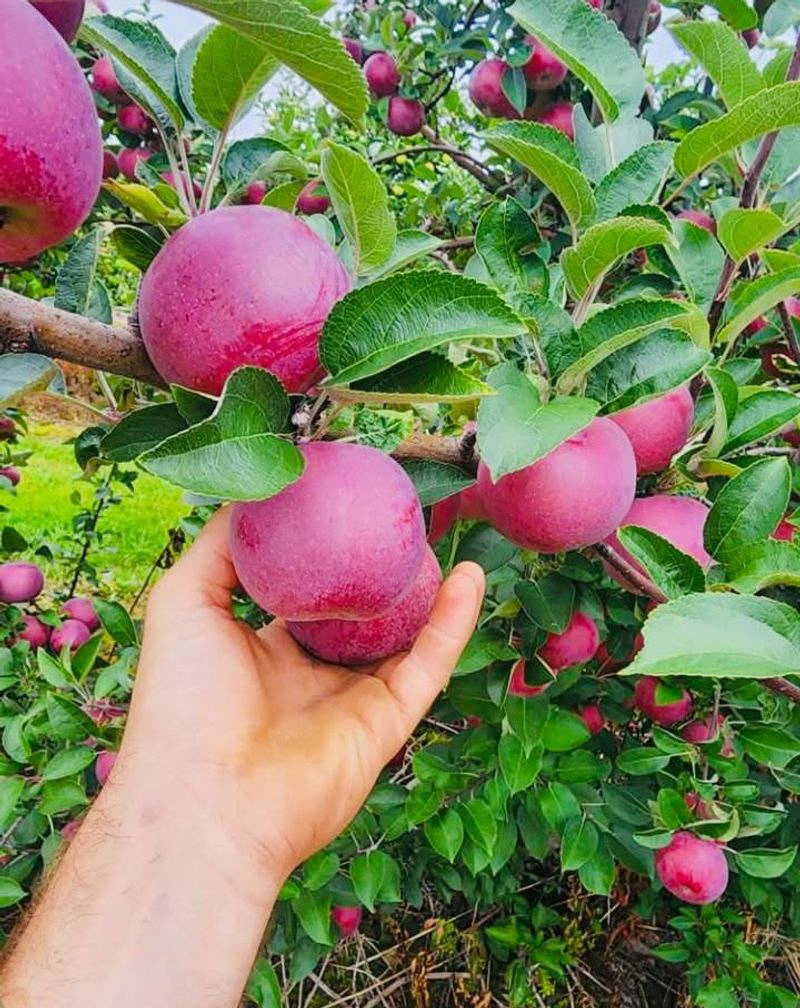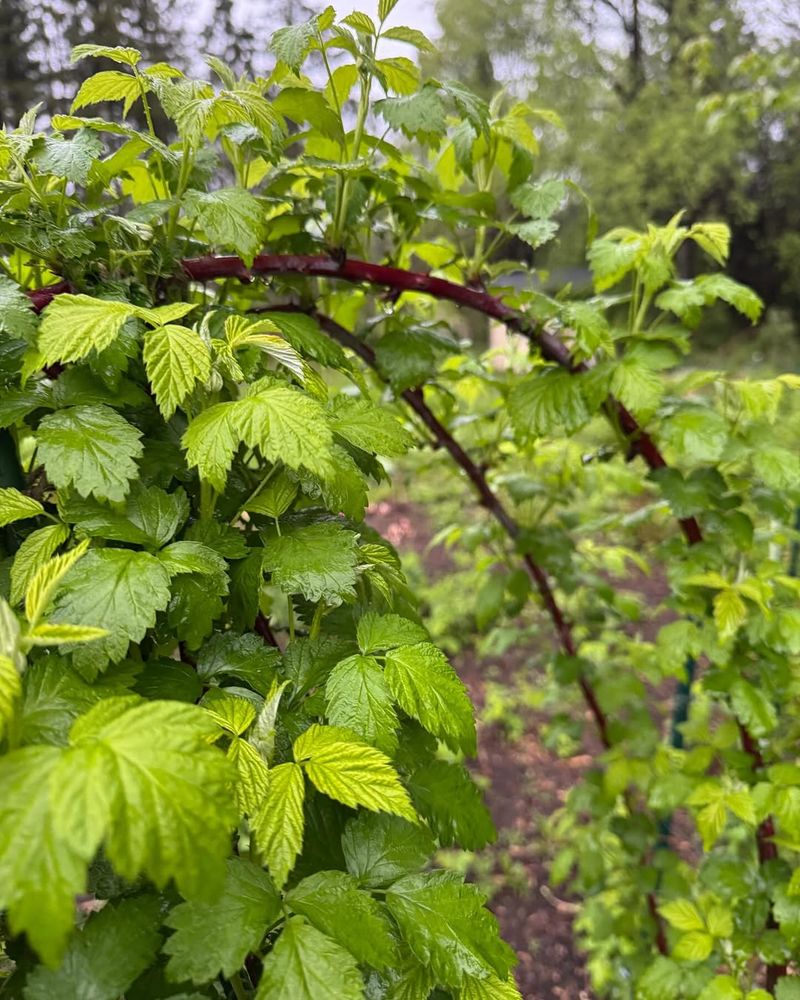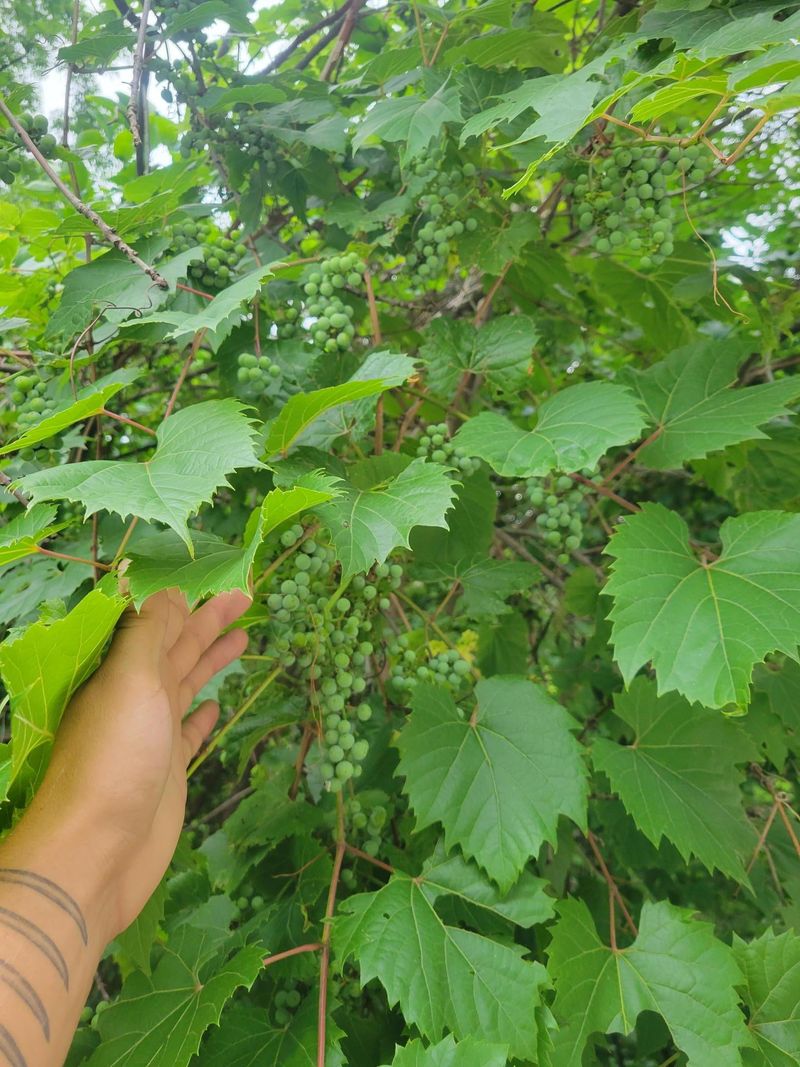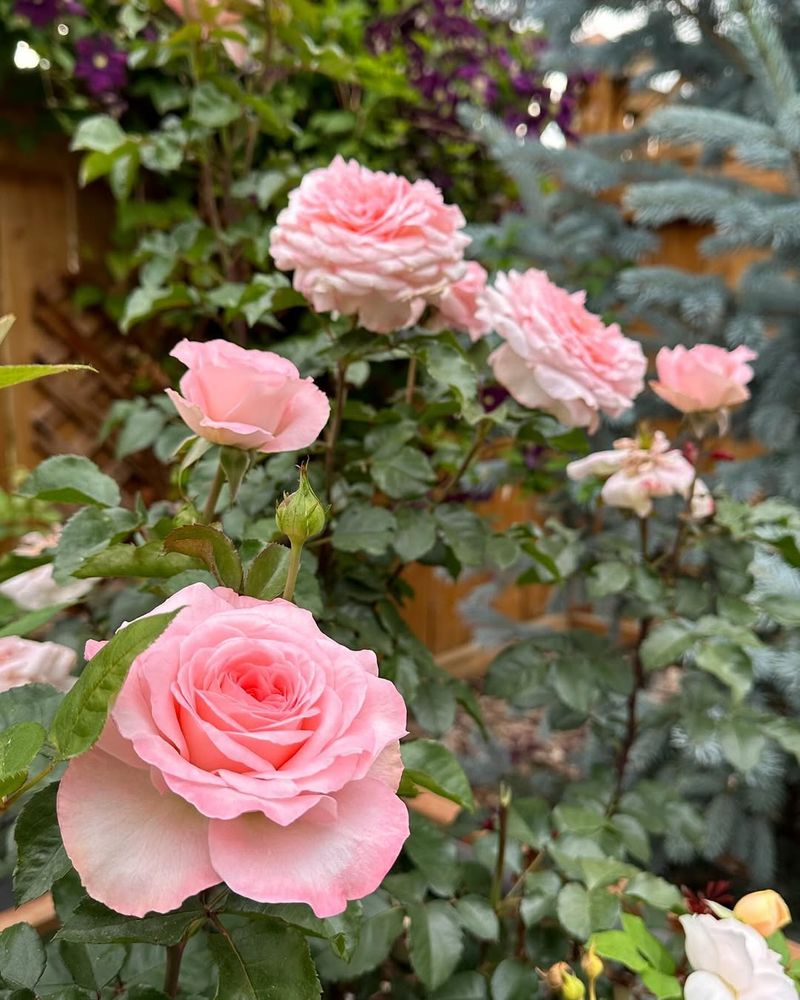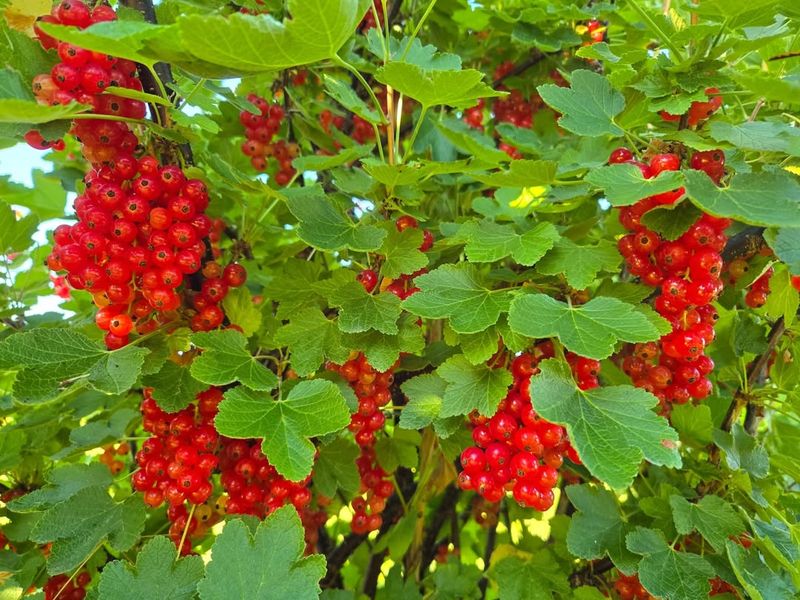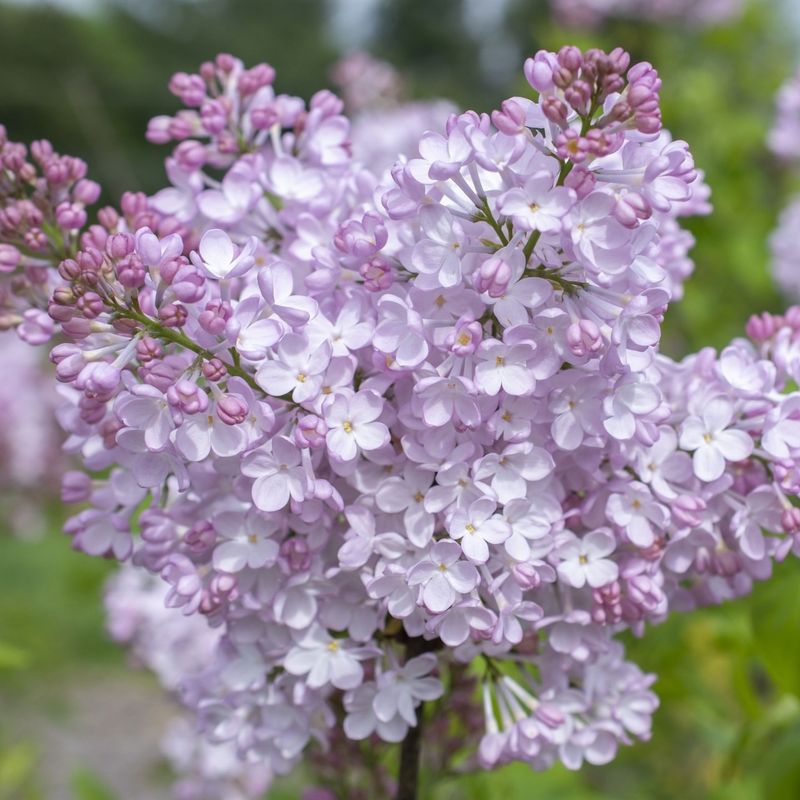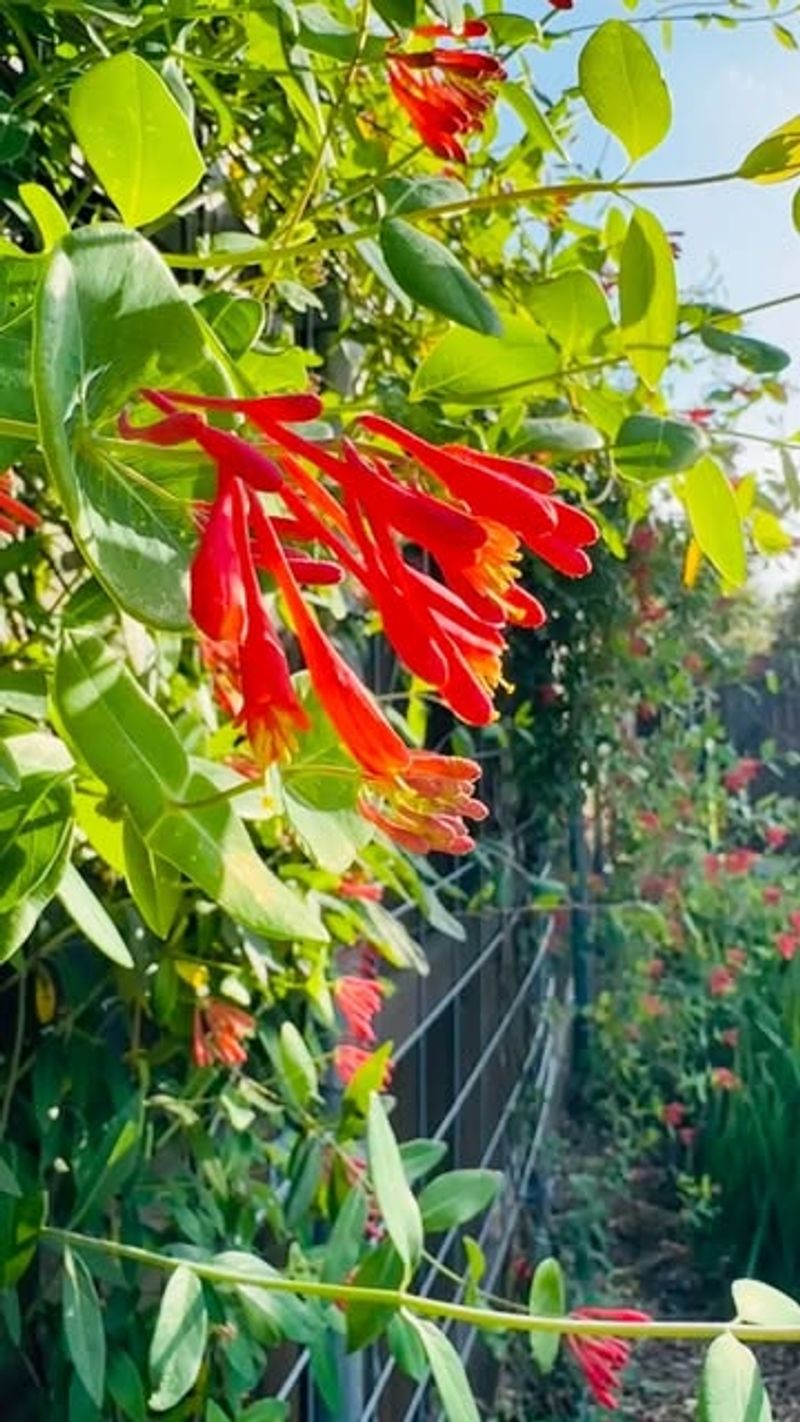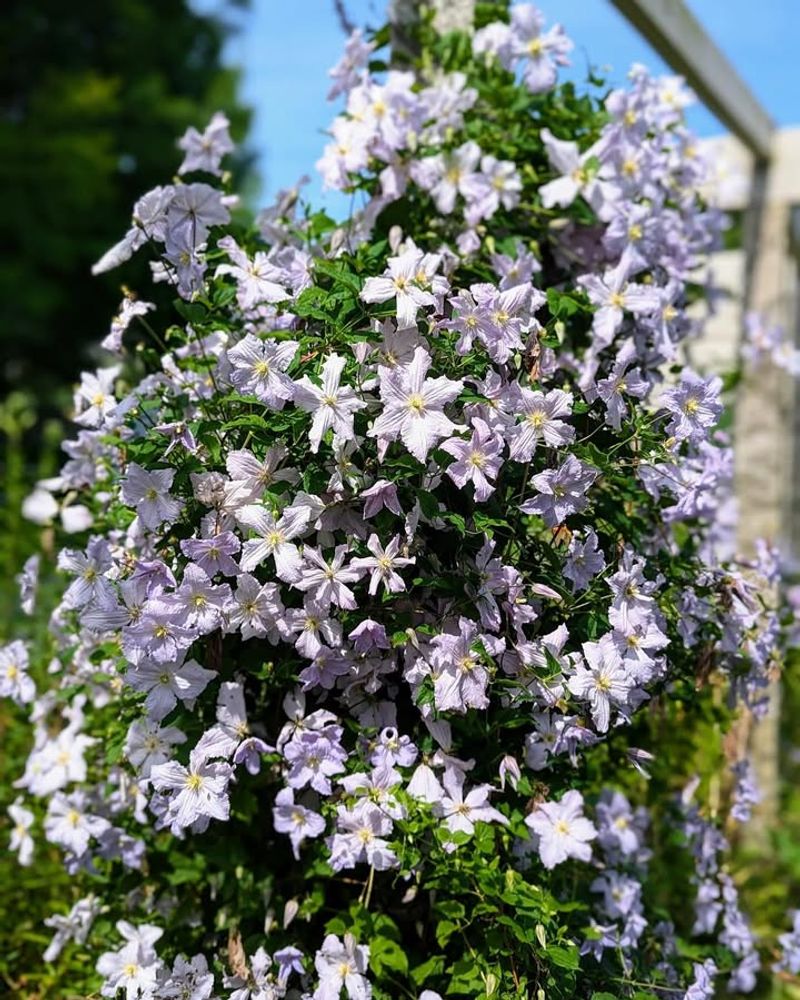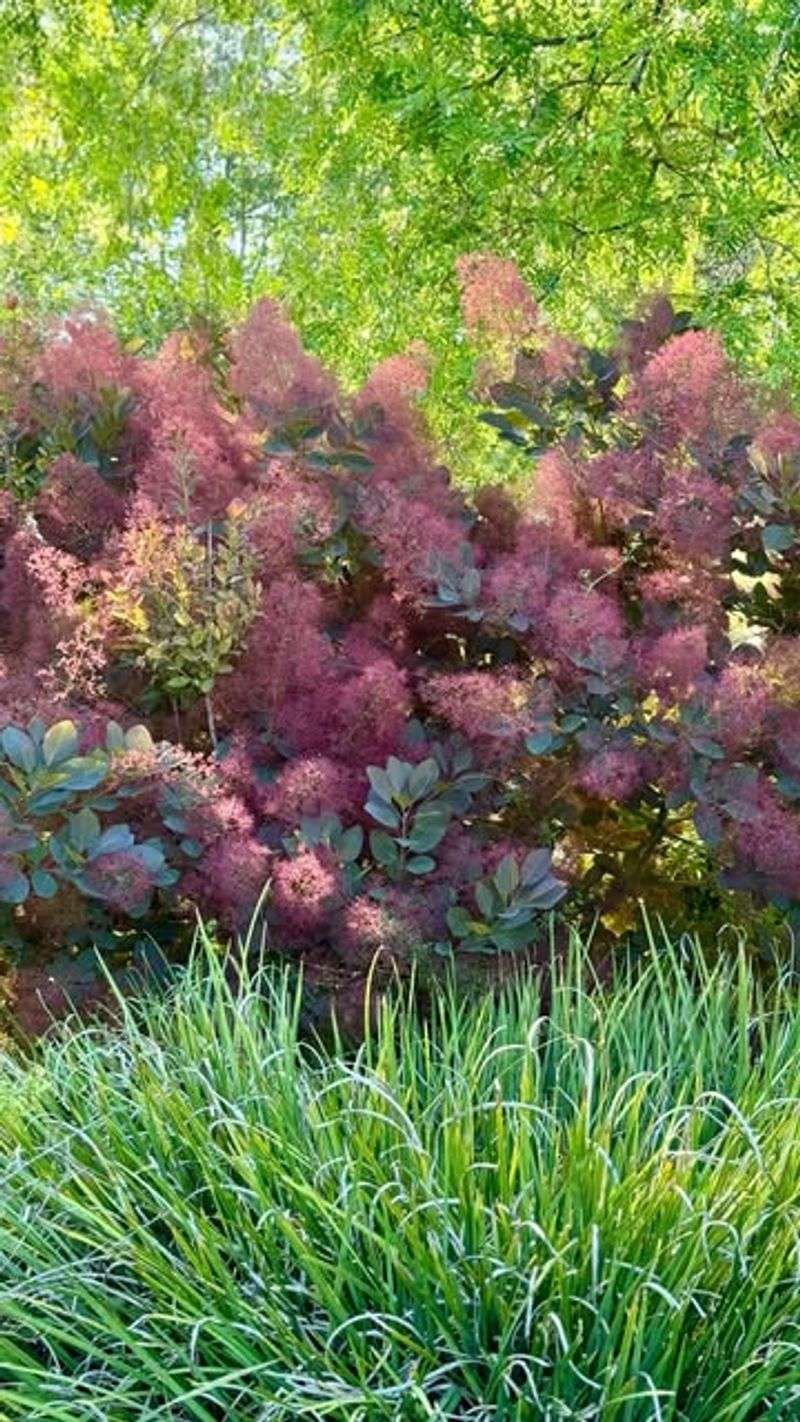November in Colorado ushers in cooler days and a great chance to prep your garden for winter. It’s the ideal time to prune certain plants before the deep freeze sets in.
Knowing which fruits, shrubs, and flowers to trim now can make all the difference. Smart pruning keeps your garden healthy and sets the stage for vibrant spring growth.
I’ve found that cutting back at the right time helps prevent disease and encourages stronger plants. A little effort now means less work—and more beauty—later.
1. Apple Trees
Apple trees benefit greatly from late fall attention when their leaves have dropped and they’ve entered dormancy. Colorado gardeners find November ideal because the trees are resting, making cuts less stressful for the plant.
Remove any dead, diseased, or crossing branches first. Focus on creating an open center that allows sunlight and air to reach all parts of the tree.
This timing prevents sap bleeding and helps wounds heal properly before harsh winter weather arrives across Colorado’s mountain and plains regions.
2. Raspberry Canes
Old raspberry canes that produced fruit this season won’t bear again, so cutting them down now makes perfect sense. Look for brown, woody canes that have finished their lifecycle and remove them at ground level.
Leaving only the green, first-year canes gives your raspberry patch room to thrive next summer. Colorado’s dry climate means less disease pressure, but removing spent canes still improves air circulation.
This simple task takes just minutes and dramatically boosts next year’s harvest quality and quantity.
3. Grapevines
Grapevines respond beautifully to November pruning once they’ve dropped their leaves and gone dormant for winter. Colorado’s grape growers know this timing prevents excessive sap loss that occurs if you prune too early in fall.
Cut back last season’s growth to just a few buds per cane, focusing on maintaining your trellis structure. Remove tangled or weak growth that won’t produce quality fruit.
Proper pruning now means sweeter grapes and healthier vines when Colorado’s growing season returns in spring.
4. Rose Bushes
Roses appreciate a light trim in November to remove damaged or diseased canes before Colorado’s winter winds and snow arrive. Don’t do heavy pruning now—save major shaping for early spring instead.
Focus on cutting back any long canes that might break under snow weight. Remove dead wood and thin out crowded areas to improve airflow.
Colorado gardeners should leave most of the plant intact for winter protection, as rose canes help insulate the crown from temperature swings common along the Front Range.
5. Currant Bushes
Currant bushes produce their best fruit on younger wood, making November the right time to remove older, unproductive stems. Colorado’s climate suits these hardy berries perfectly, and proper pruning keeps them vigorous.
Cut out any stems older than three years, which appear darker and thicker than newer growth. Leave six to eight healthy young stems for next season’s crop.
This maintenance takes little effort but rewards you with abundant, flavorful currants that thrive in Colorado’s cooler mountain valleys and high-altitude gardens.
6. Lilac Shrubs
Lilacs set their flower buds in summer, so November pruning should focus only on removing dead, broken, or diseased wood. Colorado gardeners love these fragrant bloomers that handle our temperature swings beautifully.
Avoid cutting healthy stems now, or you’ll sacrifice next spring’s flowers. Instead, simply clean up any damaged branches and remove suckers growing from the base.
Save major reshaping for right after blooming ends in late spring, when you won’t risk losing those gorgeous purple and white flowers that make Colorado gardens smell amazing.
7. Spirea Shrubs
Spirea varieties that bloom on new wood, like Goldflame and Magic Carpet, handle November pruning exceptionally well. These tough shrubs thrive throughout Colorado and tolerate our unpredictable weather patterns.
Cut back about one-third of the oldest stems to ground level to encourage fresh growth. Remove any crossing or damaged branches that crowd the center.
This approach keeps your spirea compact and shapely while promoting the colorful spring foliage and summer blooms that make these shrubs popular in Colorado landscapes from Denver to Grand Junction.
8. Honeysuckle Vines
Honeysuckle vines can quickly become unruly without regular attention, and November offers a great opportunity to reclaim control. Colorado gardeners appreciate these hardy vines that attract hummingbirds during summer months.
Cut back excessive growth and remove any dead or tangled stems that have lost their vigor. Trim the vine to your desired size and shape while it’s dormant.
This pruning won’t harm next year’s blooms and helps prevent the vine from overtaking fences, arbors, or other structures common in Colorado yards and gardens.
9. Potentilla Shrubs
Potentilla shrubs bloom continuously through summer on new growth, making them forgiving candidates for November trimming. These drought-tolerant plants suit Colorado’s dry climate perfectly and require minimal water once established.
Remove about one-quarter of the oldest stems at ground level to rejuvenate the plant. Lightly shape the shrub by trimming back leggy or wayward branches.
Colorado gardeners value potentilla for its long-lasting yellow, pink, or white flowers and its ability to thrive in tough conditions from the plains to mountain communities.
10. Gooseberry Bushes
Gooseberries produce their sweetest fruit on two- to three-year-old wood, so November pruning helps maintain productive stems. These tart berries grow wonderfully in Colorado’s cooler regions and higher elevations.
Remove stems older than four years, which become less productive and more prone to disease. Thin out crowded areas to improve light penetration and air movement.
Wear thick gloves—gooseberry thorns are sharp! This careful maintenance ensures your Colorado gooseberry patch delivers plenty of fruit for pies, jams, and fresh eating next summer.
11. Clematis Vines
Late-blooming clematis varieties that flower on new wood, like Sweet Autumn, benefit from November pruning in Colorado gardens. These spectacular vines add vertical interest and beautiful blooms throughout summer and fall.
Cut these types back to about 12 to 18 inches above ground level. Remove all the old, tangled growth that accumulated during the growing season.
Early-blooming clematis that flower on old wood should be left alone until after they bloom in spring, so identify your variety before making cuts in Colorado’s unpredictable November weather.
12. Smokebush Shrubs
Smokebush creates stunning garden drama with its purple foliage and wispy flower plumes that resemble smoke. November pruning works well for Colorado gardeners wanting to control size or rejuvenate older plants.
Cut back about one-third of the oldest stems to promote vigorous new growth. Remove any dead, damaged, or crossing branches that detract from the plant’s natural form.
Colorado’s dry air and intense sun can stress smokebush, so proper pruning improves overall plant health and ensures those gorgeous burgundy leaves and unique summer blooms return even stronger next year.

